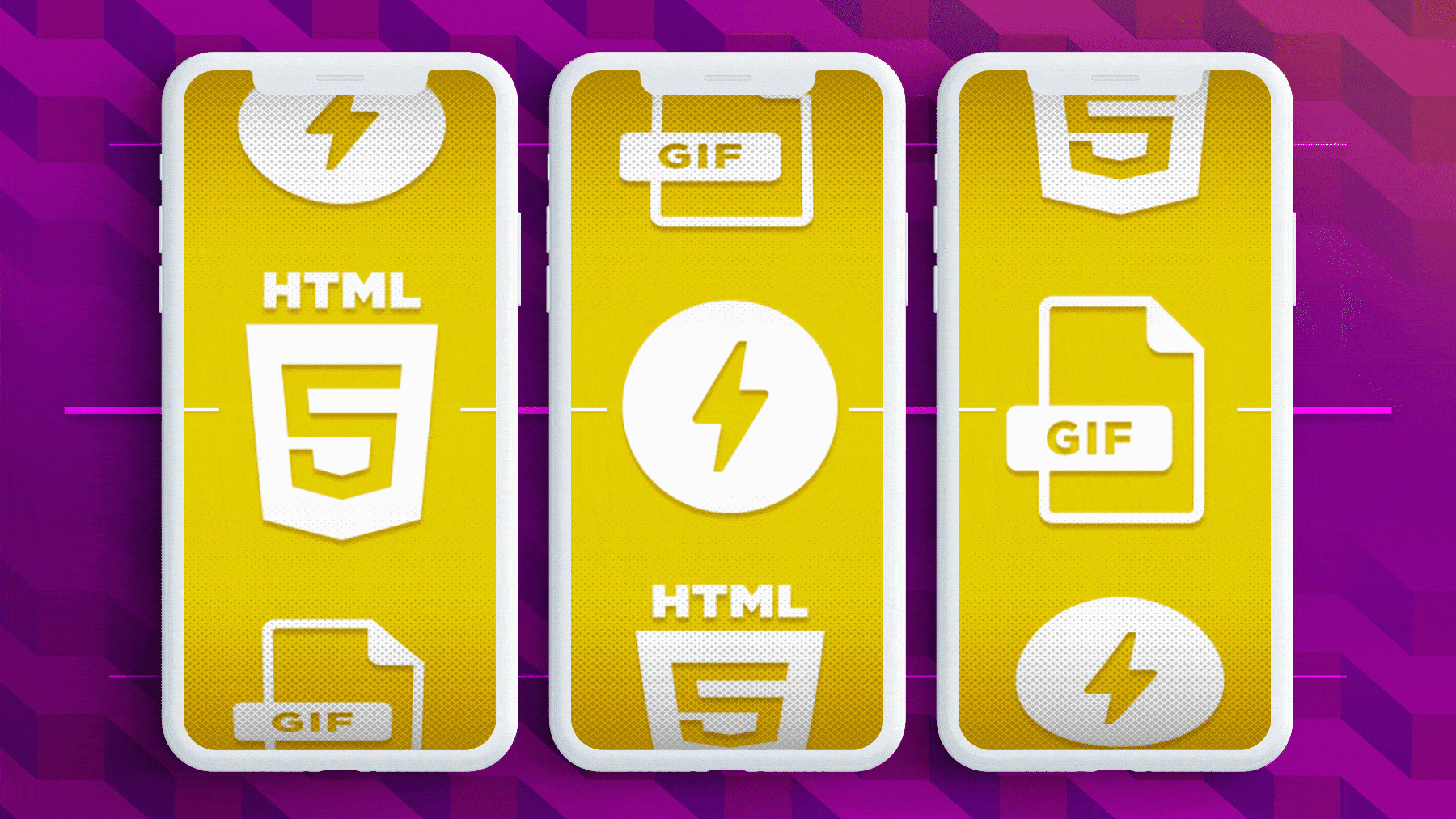
Failure in the business world is typically avoided at all costs — well unless you’re a designer. Failure not only affects you and the company. It can also mean losing your customers’ trust. With the stakes so high, why on earth do designers venture into the unknown? Because that’s what they do. They know the design process, and they trust it. By using the design thinking methodology to solve complex business problems, they place their trust in this process — a process that is intended to help them make better decisions that, in turn, lead to more innovative solutions.
Trust the design process
If you’re not familiar with the design thinking methodology, don’t worry. There are plenty of detailed resources available. Essentially, the methodology boils down to these five steps. Approaching your problem with this method empowers your team to solve almost any issue effectively. Another extremely thoughtful resource is “The Field Guide to Human-Centered Design” by Ideo.org. It’s a comprehensive, step-by-step guide to solving anything like a designer.
Build your creative confidence
People outside of the creative community often don’t think of themselves as creative. They think they can’t solve complex problems in an imaginative way. But in his talk “How to Build Your Creative Confidence,” legendary designer David Kelly makes the case that all people are naturally creative and can do whatever they set out to do. It’s extremely important to remember that confidence serves as a critical building block to creativity.
Harness your ideas
The first ideas aren’t always the best, but designers thrive on ambiguity because they are wired to solve puzzles. Have the confidence to discard the bad and keep the good. Know they can always come up with new ideas. Realize failure is part of the game. But they must also understand that creative solutions can come from anyone, so designing diversity within your team in the early stages of the design process will help bring forth smarter views and opinions and will ultimately ensure stronger results.
Designers tend to think of themselves as creative problem-solvers. They have the confidence to approach a challenge from many angles, look for more options, and then refine and iterate on the concepts with the most potential. In the end, bad solutions die and good solutions move forward to be polished.
So, do designers always know what’s best? No, but they’re trained to tackle uncertainty head-on. And that’s more than half the battle. May the best solution win.


